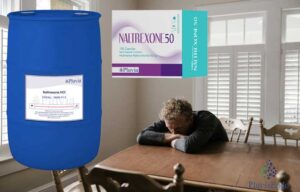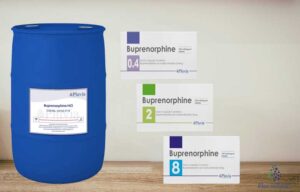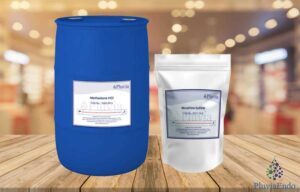Chronic fatigue syndrome (CFS) is a perplexing and debilitating condition characterized by persistent and unexplained fatigue. It is accompanied by a myriad of other symptoms such as cognitive impairment, sleep disturbances, and post-exertional malaise. Despite the significant impact of CFS on patients’ lives, effective treatment options have remained elusive, leaving many individuals with limited relief and impaired quality of life. However, recent research has shed light on a potential avenue for treatment: Naltrexone. In this article, we will review the Naltrexone for Chronic Fatigue treatment.
Understanding Chronic Fatigue Syndrome
CFS is a multifaceted disorder with complex underlying mechanisms that are not yet fully understood. It is often diagnosed based on the presence of debilitating fatigue that persists for six months or longer. Also, accompanied by a range of symptoms that can vary from person to person. These symptoms may include muscle pain, joint pain, headaches, sore throat, and cognitive difficulties, among others. The exact cause of CFS remains unknown, and it is likely that multiple factors. For instance, genetic predisposition, immune dysfunction, and environmental triggers, contribute to its development.
Naltrexone for Chronic Fatigue: The Role of Naltrexone
The higher doses of Naltrexone are effective on treat opioid and alcohol dependence. Furthermore, It has garnered attention for its potential therapeutic effects at lower doses in conditions such as CFS. At these lower doses, typically ranging from 1 to 5 mg, naltrexone exhibits different pharmacological properties that are thought to modulate the immune system and reduce inflammation. These effects are distinct from its actions as an opioid receptor antagonist and may hold promise for addressing the underlying pathophysiology of CFS.
Exploring the Potential Benefits
Research into the use of low-dose Naltrexone for Chronic Fatigue is still in its infancy, but early studies and anecdotal reports have shown encouraging results. LDN appears to exert its effects through various mechanisms, including modulation of immune function, regulation of neuroendocrine pathways, and promotion of neuroplasticity. These effects may contribute to improvements in symptoms such as fatigue, pain, sleep disturbances, and cognitive dysfunction in some individuals with CFS.
Naltrexone for Chronic Fatigue: Mechanisms of Action
The precise mechanisms by which LDN exerts its therapeutic effects in CFS are not fully understood. However, research suggests that it may act on multiple pathways involved in the pathogenesis of the condition. These include the modulation of pro-inflammatory cytokines, such as interleukin-6 (IL-6) and tumor necrosis factor-alpha (TNF-alpha), as well as the regulation of endorphin levels and the hypothalamic-pituitary-adrenal (HPA) axis.
Clinical Evidence
Several small-scale clinical trials and observational studies have investigated the use of LDN in CFS patients. While results have been mixed, with some studies reporting significant improvements in symptoms and others showing no benefit, overall, there appears to be a trend towards positive outcomes in a subset of patients. Factors such as patient selection, dosing regimen, and study design may influence the variability in outcomes observed across studies.
Naltrexone for Chronic Fatigue: Considerations and Future Directions
Despite the potential promise of LDN for CFS, several important considerations ate effective into account. Further large-scale, well-designed clinical trials are necessary to establish its safety and efficacy conclusively. Additionally, individual responses to LDN may vary, and not all patients with CFS may benefit from this treatment approach. It is also essential to consider potential side effects and interactions with other medications when prescribing LDN for CFS.
Naltrexone for Chronic Fatigue in Conclusion
Chronic fatigue syndrome presents a significant challenge for patients and healthcare providers alike, with limited treatment options available. The emergence of naltrexone, particularly low-dose naltrexone, as a potential therapeutic avenue offers hope for individuals struggling with this debilitating condition. More research is needed to fully elucidate its benefits and limitations. In addition, LDN represents a promising area of exploration in the quest to alleviate the burden of CFS. Also, improves the lives of those affected by it. Continued investigation into the mechanisms of action of LDN, as well as its optimal dosing regimens and long-term effects, will be crucial for advancing our understanding of its role in the management of CFS and informing clinical practice.









